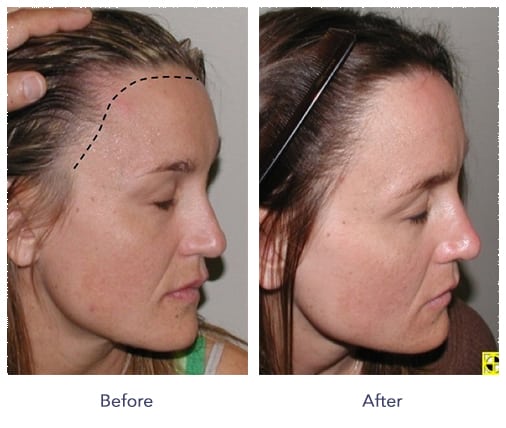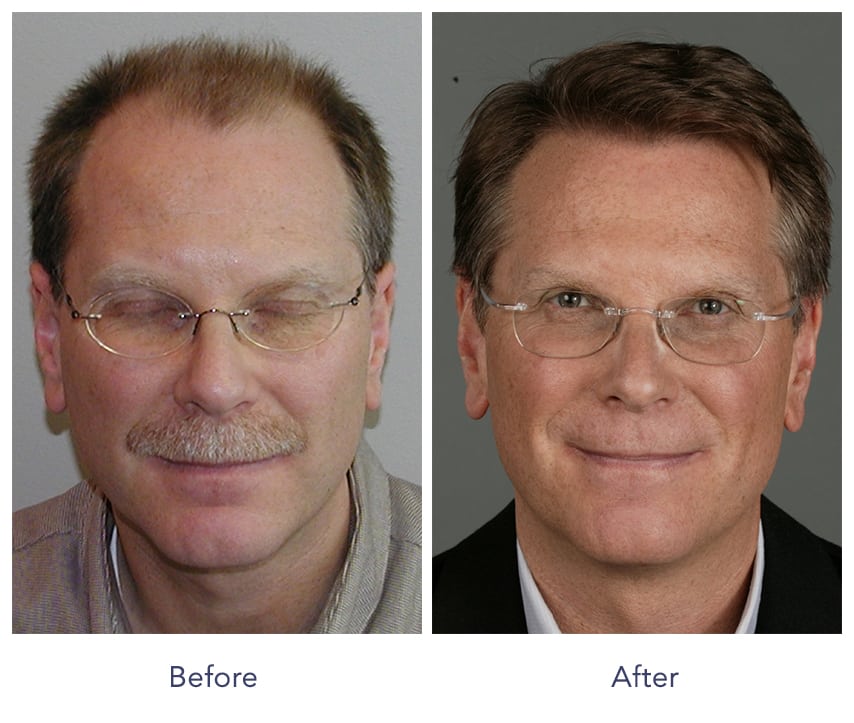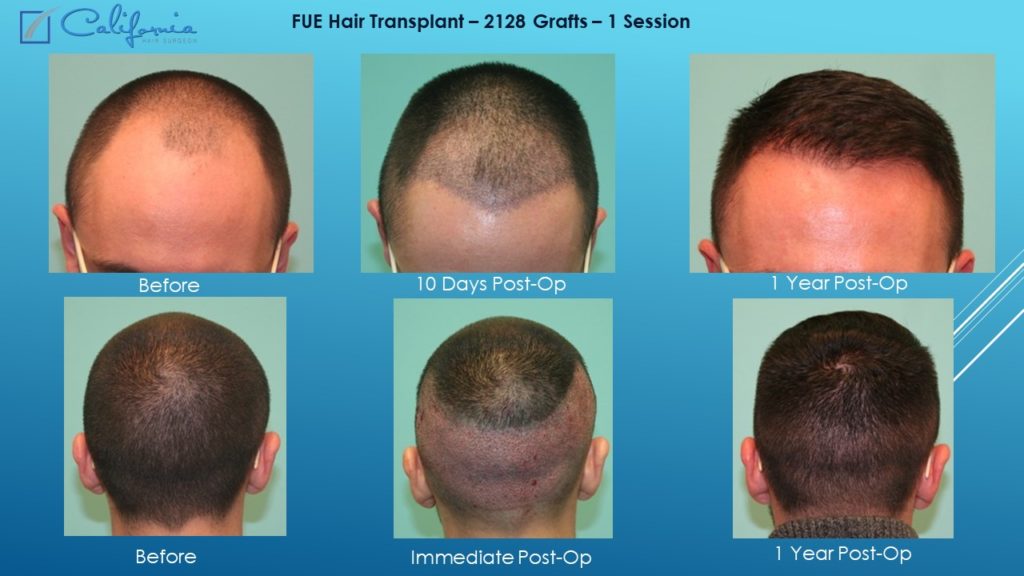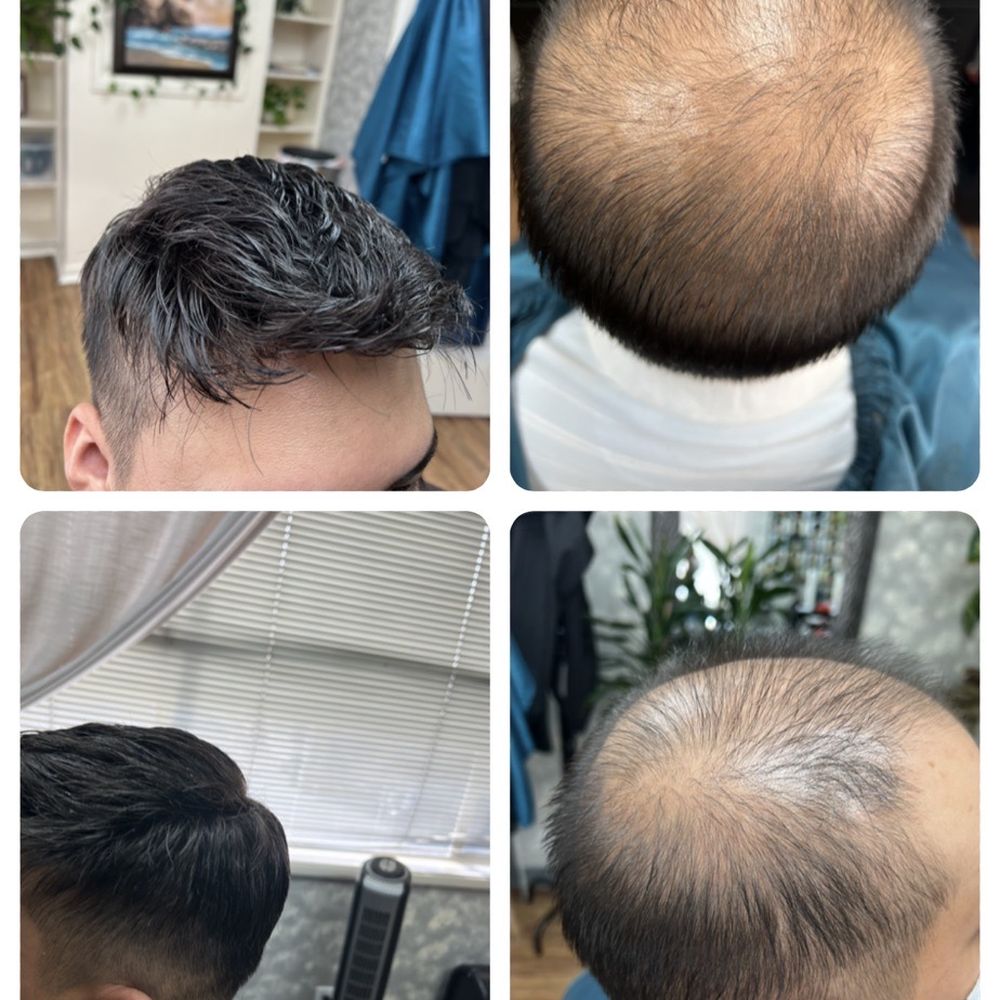Are you struggling with hair loss and looking for an effective solution? Look no further than Hair Transplant Mesa Arizona. Our state-of-the-art clinic in Mesa offers cutting-edge hair transplant procedures tailored to your unique needs. Whether you’re dealing with thinning hair, receding hairline, or bald patches, our team of highly skilled and experienced professionals will provide you with a natural-looking and permanent solution. Say goodbye to wigs, hats, and insecurities, and say hello to a rejuvenated hairline and renewed confidence with Hair Transplant Mesa Arizona.

Overview
If you have been struggling with hair loss and are considering a hair transplant, it’s important to understand the procedures involved and choose a reputable clinic. Hair transplant procedures have come a long way in recent years, offering effective solutions for those looking to restore their hairline and regain their confidence. In this article, we will delve into the different types of hair transplants, the preparation required, the procedure itself, the recovery and aftercare, common side effects and risks, expected results, cost and financing options, and how to choose the right clinic.
Types of Hair Transplants
There are two main types of hair transplants: Follicular Unit Extraction (FUE) and Follicular Unit Transplantation (FUT).
Follicular Unit Extraction (FUE)
FUE is a minimally invasive procedure that involves the extraction of individual hair follicles from the donor area and their transplantation into the recipient area. This method offers a more natural-looking result with quicker recovery time.
Follicular Unit Transplantation (FUT)
In the FUT procedure, a strip of scalp containing hair follicles is surgically removed from the back of the head, and the individual follicular units are then transplanted into the recipient area. This method may require stitches and leave a linear scar, but it is an effective option for those with extensive hair loss.

Preparation for Hair Transplant
Before undergoing a hair transplant, certain preparations need to be made to ensure a successful procedure and recovery.
Consultation with a hair transplant surgeon
The first step is to schedule a consultation with a reputable hair transplant surgeon. During this consultation, the surgeon will assess your hair loss pattern, evaluate the donor area, and discuss your expectations and goals.
Medical evaluation and tests
A comprehensive medical evaluation is necessary to determine your suitability for the procedure and to identify any underlying health conditions that may affect the surgical outcome. Blood tests and other diagnostic procedures may be required.
Discussing expectations and goals
Open communication with your surgeon about your expectations and goals is crucial. The surgeon will provide an honest assessment of what can be achieved through the transplant and will guide you in setting realistic expectations.
Understanding the procedure
It’s important to have a clear understanding of the hair transplant procedure before going through with it. Your surgeon should explain each step of the process, including the risks and potential outcomes.
Preparing for the recovery period
Before the procedure, it’s important to make appropriate arrangements for the recovery period. This includes organizing time off work, arranging transportation to and from the clinic, and ensuring you have the necessary supplies for post-operative care.
Hair Transplant Procedure
The hair transplant procedure consists of several steps, each carefully executed to ensure optimal results.
Hairline design and planning
The surgeon will work closely with you to design the new hairline, taking into account your facial features and desired aesthetic outcome. This step is crucial in creating a natural-looking result.
Donor area preparation
For FUE, the donor area is typically shaved to facilitate the extraction process. The surgeon will administer local anesthesia to minimize any discomfort.
Hair follicle extraction method
In FUE, the surgeon uses a specialized device to extract individual hair follicles from the donor area. These follicles are carefully chosen for their quality and suitability for transplantation.
Recipient area preparation
The recipient area is numbed with local anesthesia to ensure a painless procedure. Tiny incisions are made in the recipient area to allow for the transplantation of the extracted hair follicles.
Hair follicle implantation
The extracted hair follicles are meticulously implanted into the recipient area, following the natural hair growth pattern and density.
Post-procedure care
After the transplant is complete, your surgeon will provide detailed instructions for post-operative care. This may include avoiding certain activities, taking prescribed medications, and keeping the transplanted area clean.
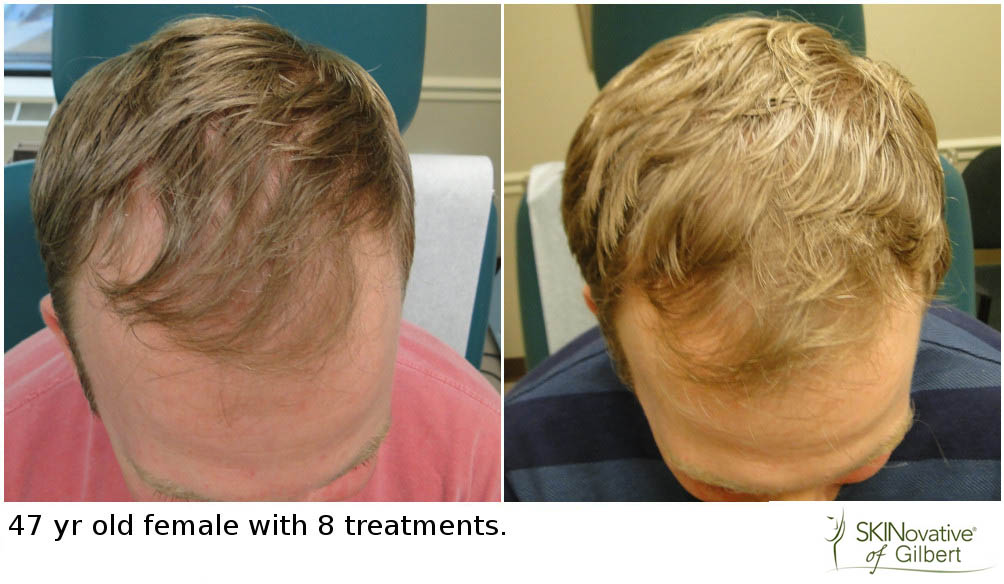
Recovery and Aftercare
The recovery period following a hair transplant is crucial for ensuring optimal results and long-term success.
Pain management
Most patients experience minimal pain or discomfort after the procedure, which can be managed with over-the-counter pain medication or prescribed painkillers, if necessary.
Post-operative instructions
You will receive specific instructions from your surgeon regarding how to care for the transplanted area during the initial healing period. This may include avoiding excessive touching, brushing, or washing of the hair.
Protecting the transplanted area
It is important to protect the transplanted area from direct sunlight, dust, and other external factors that may interfere with the healing process. Your surgeon may provide a hat or suggest other measures to ensure proper protection.
Avoiding strenuous activities
For the first few weeks following the procedure, it is best to avoid strenuous activities that may increase blood flow to the scalp and potentially dislodge the newly transplanted hair follicles.
Proper hair care during recovery
Your surgeon will provide guidance on how to wash and care for your transplanted hair during the recovery period. This may include using mild shampoos, avoiding excessive heat styling, and gentle combing to minimize damage.
Common Side Effects and Risks
As with any surgical procedure, there are potential side effects and risks associated with hair transplants. It’s important to be aware of these before undergoing the procedure.
Swelling and bruising
Some swelling and bruising may occur in the scalp and forehead area, which is typically temporary and resolves within a few days.
Bleeding
Minimal bleeding during and immediately after the procedure is normal. Your surgeon will take steps to minimize bleeding and ensure proper wound closure.
Infection
Although rare, there is a risk of infection following a hair transplant. Your surgeon will provide instructions on how to keep the transplanted area clean to minimize this risk.
Scarring
With FUT, a linear scar may remain in the donor area, which can be easily concealed by surrounding hair. FUE generally leaves tiny, scattered scars that are less noticeable.
Temporary shock loss
After a hair transplant, some of the transplanted hairs may fall out temporarily. This is known as shock loss and is a normal part of the healing process. The transplanted hair will regrow over time.

Expected Results and Timeline
It’s important to have realistic expectations about the results and timeline of a hair transplant.
Hair growth timeline
Following a hair transplant, the transplanted hairs typically start to grow within a few months. However, it can take up to a year for the full results to be seen, as hair growth is a gradual process.
Number of sessions required
The number of sessions required will depend on the extent of hair loss and the desired density of the final result. Some patients may require multiple sessions to achieve their desired outcome.
Overall success rate
Hair transplant procedures have a high overall success rate, with most patients experiencing natural-looking, long-lasting results. However, individual results may vary depending on various factors, including the surgeon’s skill and the patient’s adherence to post-operative care instructions.
Cost and Financing Options
The cost of a hair transplant can vary depending on several factors.
Factors affecting the cost
The cost of a hair transplant may depend on the extent of hair loss, the type of procedure chosen, the reputation and experience of the surgeon, and the location of the clinic. Additional costs may include pre-operative tests, post-operative medications, and follow-up appointments.
Financing options for hair transplant
Many reputable clinics offer financing options to help patients manage the cost of a hair transplant. These options may include monthly payment plans or medical financing through third-party providers.
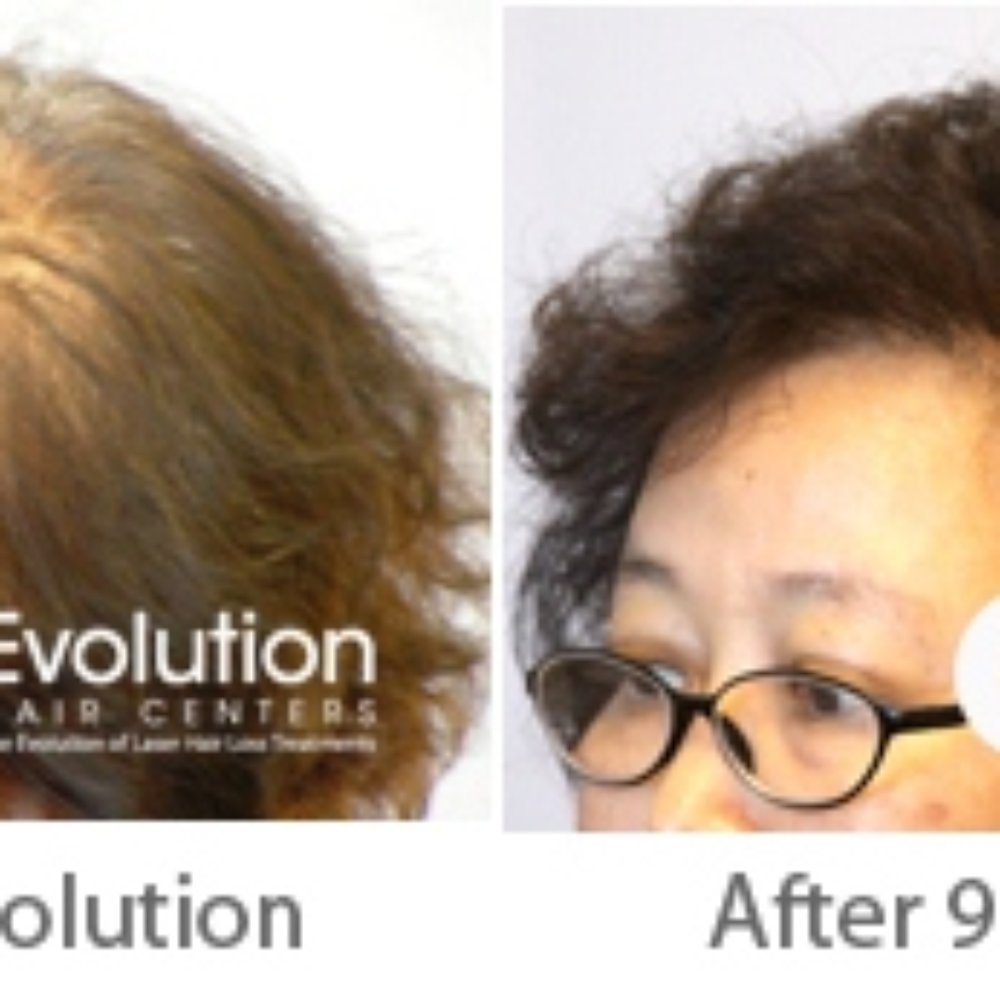
Choosing a Hair Transplant Clinic
Choosing the right hair transplant clinic is crucial for a successful outcome. Here are some considerations when making your decision:
Researching clinics in Mesa, Arizona
Start by researching hair transplant clinics in Mesa, Arizona. Look for clinics with a proven track record of successful procedures and positive patient reviews.
Reading patient reviews and testimonials
Reading patient reviews and testimonials can provide valuable insights into the experiences of previous patients. Look for clinics with consistently positive feedback and satisfied customers.
Checking the qualifications and experience of the surgeons
Ensure that the surgeons at the clinic are highly qualified and experienced in performing hair transplant procedures. Look for board-certified surgeons who specialize in hair restoration.
Scheduling consultations
Once you have narrowed down your choices, schedule consultations with the selected clinics. This will allow you to meet the surgeons, discuss your needs, and get a feel for the clinic environment before making a final decision.
FAQs
Here are answers to some frequently asked questions about hair transplants:
Who is a suitable candidate for a hair transplant?
Suitable candidates for a hair transplant are those with stable donor areas and realistic expectations. The surgeon will evaluate your specific case during the consultation to determine whether you are a good candidate for the procedure.
Is the procedure painful?
The procedure is generally well-tolerated and not considered excessively painful. Local anesthesia is administered to numb the areas being treated, minimizing any discomfort.
How long does the procedure take?
The duration of the procedure will depend on the extent of the transplant and the technique used. FUE procedures typically take several hours, while FUT procedures may take longer due to the need for donor area preparation and suturing.
Can women undergo hair transplants?
Yes, women can undergo hair transplants, but the causes of female hair loss may differ from those in men. The surgeon will assess the underlying cause of hair loss and determine the most suitable approach for each individual.
Will the transplanted hair look natural?
When performed by a skilled and experienced surgeon, a hair transplant can achieve very natural-looking results. The transplanted hair will grow and behave in the same way as the rest of your hair, creating a seamless and aesthetically pleasing outcome.
If you are considering a hair transplant in Mesa, Arizona, it is important to understand the different types of procedures, prepare appropriately, and choose a reputable clinic. By following these guidelines and having realistic expectations, you can achieve natural-looking, long-lasting results and regain the confidence you deserve. Remember to consult with a qualified hair transplant surgeon to discuss your specific case and develop a personalized treatment plan.
Maps Of Mesa, Arizona
Mesa, Arizona
Video Of Mesa, Arizona
Downtown Mesa
Video Of Downtown Mesa, Arizona
Weather in Mesa, Arizona
Related Terms About Hair Transplant Mesa Arizona
1400 Grafts Hair Transplant Cost, 4000 Grafts Hair Transplant Result, Cost Of 3000 Grafts Hair Transplant, How Long Does Hair Transplant Procedure Last, How Long Until Hair Transplant Grafts Secure, La Mesa Hair Transplant


